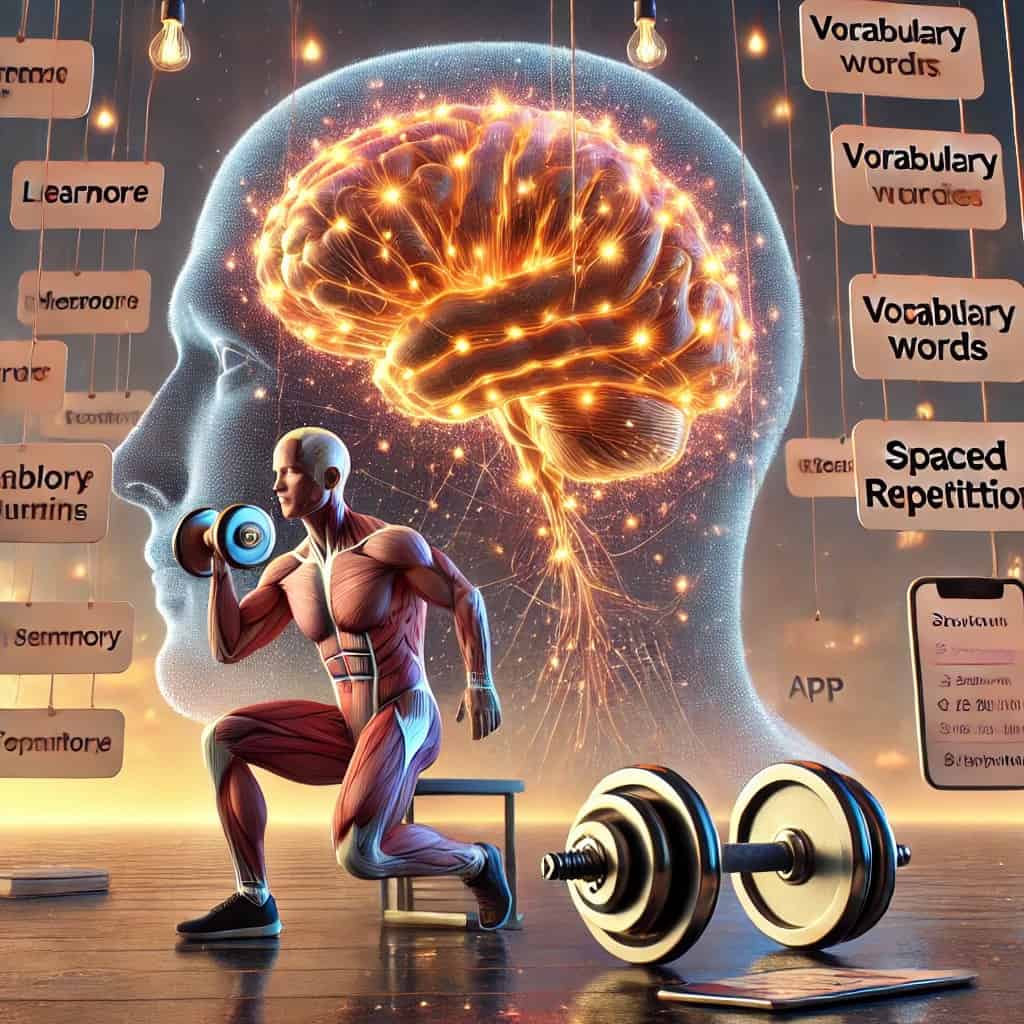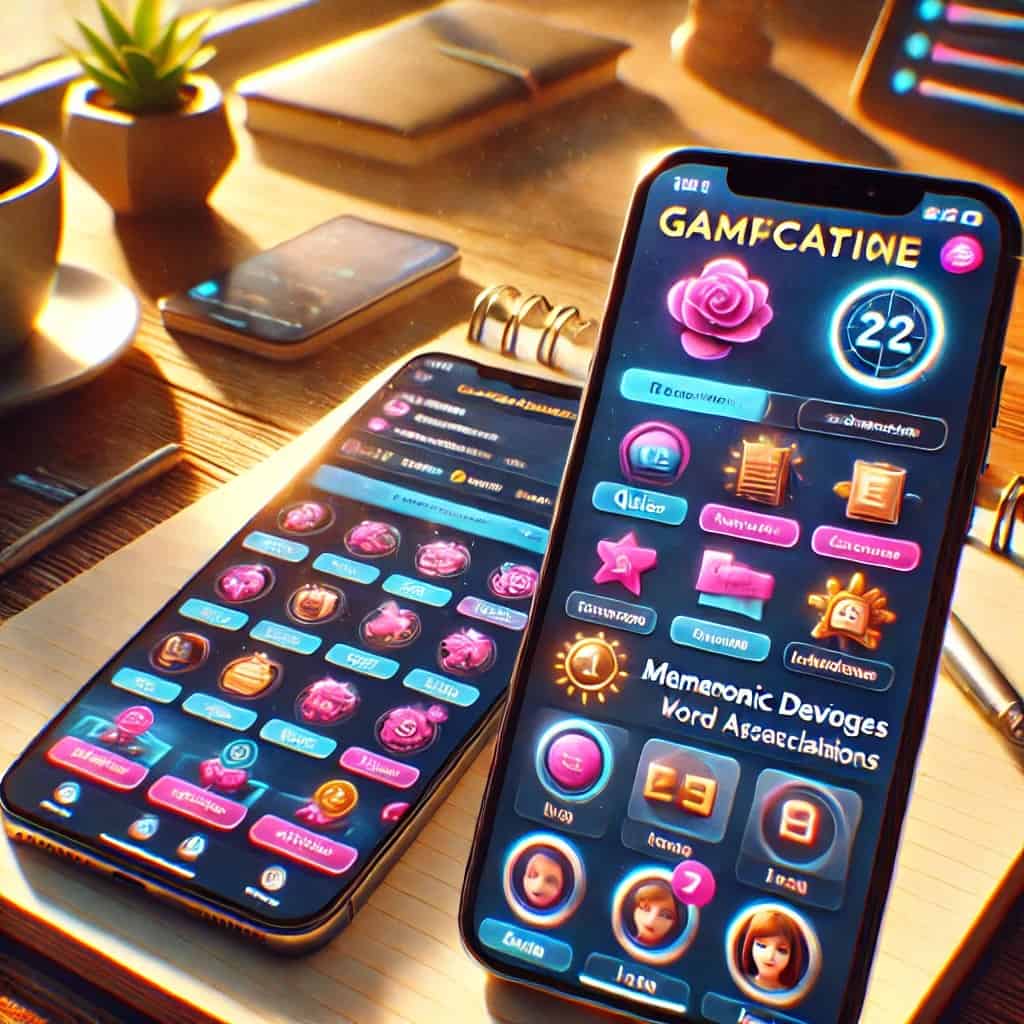How Spaced Repetition Apps Build Vocabulary Fast

Language learning has undergone a dramatic transformation in recent years, with technology playing a pivotal role in how we acquire new skills. Studies now show that by using spaced repetition apps learners can retain up to 92% more vocabulary compared to traditional learning methods? These intelligent platforms are not just another tech trend – they’re a game-changing approach to mastering languages efficiently and effectively!
How Spaced Repetition Apps Work
Ever wonder why some language learners seem to absorb new vocabulary like a sponge while others struggle to remember even basic words? The secret sauce is spaced repetition – a mind-blowing learning technique that’s basically like a personal trainer for your brain.
Let’s break down the scientific magic behind this approach. At its core, spaced repetition leverages fundamental principles of cognitive psychology about how human memory actually works. Our brains don’t store information linearly – they strengthen neural connections through strategic, repeated exposure. Think of it like exercise for your memory muscles: the more intentionally you work out a specific muscle group, the stronger it becomes.
The cognitive science is fascinating. When you learn a new word, your brain initially stores it in short-term memory. But without reinforcement, that knowledge quickly fades – kind of like trying to remember what you had for lunch last Tuesday. Spaced repetition apps solve this problem by using intelligent algorithms that track exactly when you’re most likely to forget something and then strategically reintroduce that information right before it slips away.
These algorithms are seriously smart. They use machine learning to create personalized learning pathways unique to each user. So if you’re struggling with Spanish verb conjugations but crushing noun vocabulary, the app will automatically adjust your study schedule. No more one-size-fits-all learning approaches!
The tracking mechanism is super precise. Each time you review a word or concept, the app notes:
- How quickly you recalled the information
- Your confidence level
- Previous interaction history
- Difficulty of the specific vocabulary item
By continuously analyzing these data points, the app creates an adaptive learning experience that feels totally customized. It’s like having a linguistic personal assistant who knows exactly how your brain learns best.
Imagine learning a language where every single study session is optimized for maximum retention. That’s the power of spaced repetition technology. No more mindless flashcard drilling or rote memorization – just intelligent, science-backed learning that actually sticks.
The coolest part? These apps make language learning feel less like a chore and more like a game. Each successful recall gives you a little dopamine hit, making the entire process weirdly addictive. Who knew studying could actually be fun?
Pro tip: Consistency is key with these apps. Even 10-15 minutes daily will transform your language skills way faster than marathon weekend study sessions. Your brain learns best in small, frequent bursts – just like how athletes train, not in epic marathon workouts.
Spaced repetition isn’t just a learning technique – it’s a revolutionary approach to understanding how human memory actually works. By combining cognitive psychology, advanced algorithms, and personalized tracking, these apps are basically turning language learning into a science.

Top Spaced Repetition Language Apps in 2025
The language learning app market is wild right now. After extensively testing various platforms, I can confidently say that not all language learning apps are created equal. When it comes to spaced repetition apps, certain features and approaches stand out as particularly effective for language learning.
The first category you’ll encounter is the customization-focused platforms. These apps prioritize user control and detailed data tracking. What makes them powerful is their ability to let you create precisely tailored study materials. Whether you need specialized vocabulary for professional purposes or want to focus on specific grammar patterns, these platforms offer granular control. While their interfaces might appear simple, they often house sophisticated algorithms that track your memory retention with impressive precision.
Then there are the gamification-centered apps. These platforms transform language learning into an engaging, game-like experience. They often incorporate mnemonic devices and community-created content that make memorization feel more like play than study. Pro tip: Look for apps with active user communities – they often generate creative and memorable learning materials that can significantly boost retention.

The third category includes comprehensive learning ecosystems. These platforms have evolved beyond simple flashcards to offer adaptive learning paths, AI-powered study recommendations, and seamless cross-platform integration. They typically provide various pricing tiers, from free basic access to premium features for more serious learners.
Key features to consider in 2025:
- Customization capabilities and data analytics
- Engaging, gamified learning elements
- Comprehensive, adaptive study paths
Accessibility is crucial in today’s fast-paced world. Look for apps that offer both mobile and desktop versions, offline functionality, and smooth synchronization across devices. This ensures you can maintain your learning momentum whether you’re commuting, waiting in line, or at home.
Pricing models typically fall into three categories:
- Open-source or primarily free platforms
- Freemium models with advanced paid features
- Subscription-based services with tiered pricing
My personal recommendation? Don’t limit yourself to a single approach. Different platforms excel at different aspects of language learning, and combining their strengths can create a more robust and engaging learning experience. By leveraging various tools and methods, you’ll likely find yourself progressing faster in your target language.
Just remember: the best app is the one you’ll actually use consistently. Experiment, have fun, and don’t get too hung up on perfection. Language learning is a journey, not a destination!

Maximizing Learning with Spaced Repetition Technology
Spaced repetition technology isn’t just another study hack – it’s a total game-changer that can turn even the most frustrating language learning journey into an epic win.
Creating killer digital flashcards is an art form I’ve pretty much mastered after years of trial and error. Pro tip: Don’t just copy-paste random vocabulary. Make your flashcards memorable by adding context, personal connections, and even a dash of humor. I once created a Italian flashcard about “gatto” with a ridiculous drawing of my cat wearing sunglasses – and guess what? I never forgot that word.
Integrating these apps with traditional learning methods is where the magic happens. Think of it like mixing a smoothie – you want the right blend of technology and old-school techniques. Sure, apps are awesome, but they can’t replace real conversation practice. I’ve found the sweet spot is using spaced repetition apps as a supplement to language exchanges or tutoring, podcasts, and actual human interaction.
Tracking progress might sound boring, but it’s actually pretty darn motivating. Most spaced repetition apps have these cool visualization tools that show your vocabulary growth. Watching those charts climb is like leveling up in a video game – totally addictive! Some apps even break down your learning into detailed stats, showing exactly where you’re crushing it and where you need to focus.
Overcoming language learning challenges is where these apps truly shine. Struggling with verb conjugations? There’s a deck for that. Pronunciation driving you crazy? Yep, technology’s got your back. I remember spending months wrestling with Italian past tenses, and then discovering a targeted flashcard system that broke it down into bite-sized, manageable chunks.
Key strategies to maximize your learning:
• Create context-rich flashcards
• Mix app learning with real-world practice
• Set consistent daily learning goals
• Use progress tracking as motivation
• Don’t be afraid to restart or reset decks
The beauty of spaced repetition technology is its adaptability. These smart systems learn YOUR learning style, adjusting difficulty and repetition based on how you’re performing. It’s like having a personal language tutor in your pocket, minus the awkward small talk.

Remember, language learning isn’t about perfection – it’s about consistent, smart progress. Spaced repetition apps are your secret weapon in turning what used to be a frustrating process into an engaging, almost addictive experience. Embrace the tech, stay curious, and watch your language skills explode! 🚀📚
Conclusion
The future of language learning is here, and spaced repetition apps are leading the charge! By embracing these intelligent technologies, you can transform your vocabulary acquisition, making language learning not just effective, but genuinely enjoyable. Don’t just study smarter – study revolutionarily!






